In the bustling piazzas of Rome or the winding alleyways of Naples, words often take a backseat to a more animated form of communication. Italians are renowned for their expressive hand gestures, a silent language that conveys everything from casual greetings to heated arguments. This intricate system of gestures is so deeply ingrained in the culture that even the simplest interactions—ordering coffee or haggling at a market—can become a performance. To the uninitiated, it might seem like chaos, but for Italians, it’s second nature.
The origins of Italian hand gestures are as rich and layered as the country’s history. Some trace them back to ancient Rome, where orators used precise movements to emphasize their speeches. Others believe they evolved out of necessity in crowded, noisy environments where shouting wasn’t practical. Whatever their roots, these gestures have survived centuries, adapting to modern life while retaining their theatrical flair. They’re not just random motions; each one carries specific meaning, often varying slightly from region to region. A gesture that’s playful in Milan might be offensive in Sicily, making it a linguistic minefield for outsiders.
Take the classic "pinched fingers" gesture, for example. To foreigners, it might look like someone miming a tiny object, but in Italy, it’s a Swiss Army knife of expressions. Depending on context, it can mean "What do you want?" "What are you talking about?" or even "This is perfect." The nuance lies in the accompanying facial expression and slight variations in hand movement. Misinterpret it, and you might accidentally insult someone or agree to something you didn’t intend to. This complexity is why many Italians joke that you haven’t truly mastered the language until you’ve mastered the gestures.
Ordering coffee is one of the most common situations where these gestures shine. In a busy café, waving your hand palm-up might signal "I’ll take an espresso," while a flick of the wrist could mean "make it a double." The barista, likely engaged in three conversations at once, will acknowledge your order with a nod or a raised eyebrow. There’s an unspoken rhythm to these exchanges, a dance perfected over countless morning rushes. Tourists who attempt to replicate it often over-gesticulate, earning amused glances from locals. The key is subtlety—letting the hands speak just enough to be understood without turning it into a Broadway production.
Then there’s the art of haggling, where gestures become strategic tools. At a flea market in Florence, a vendor might rub their thumb and forefinger together to indicate price, while a buyer responds by shaking their hand sideways—"too expensive." The back-and-forth continues with exaggerated shrugs, palms turned upward in mock helplessness, or fingers tapping the wrist to suggest time is running out. It’s a performance where both parties know the rules, even if they’re never stated aloud. The gestures soften the transaction, turning what could be confrontational into something more like a game.
Beyond practical uses, these movements also serve as emotional punctuation. An Italian recounting a frustrating experience might slap their forehead or throw their hands up in despair, while a particularly juicy bit of gossip could be punctuated with a twist of the fingers near the cheek. The gestures don’t replace words; they amplify them, adding layers of meaning that text or speech alone can’t convey. In a country where conversation is sport, they’re the equivalent of a well-timed dunk or a curveball—meant to dazzle and persuade.
Learning this silent language isn’t just about memorizing motions. It requires observing how Italians use space, timing, and facial expressions to complete the message. A gesture held too long becomes comical; one delivered too aggressively reads as hostile. The best way to learn is immersion—sitting at a café for hours watching interactions, or better yet, making mistakes and laughing about them with locals. Most Italians are delighted when foreigners attempt their gestures, even if the results are clumsy. It’s a sign of respect for a tradition that textbooks can’t capture.
In an age where emojis dominate digital communication, Italy’s gesture language feels remarkably prescient. It’s a reminder that humans have always sought ways to convey tone and intent beyond words. Whether you’re arguing about soccer or flirting at a bar, these movements add color to daily life. They’re also a testament to Italy’s love of drama—why simply say "no" when you can sweep your hand outward with such flourish that it feels like a Shakespearean soliloquy? For visitors, embracing this aspect of Italian culture isn’t just practical; it’s a doorway into understanding how Italians see the world—with passion, humor, and a touch of theatricality.
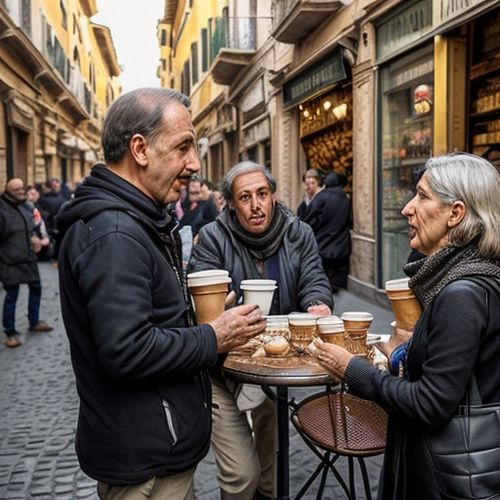
By Benjamin Evans/Apr 11, 2025
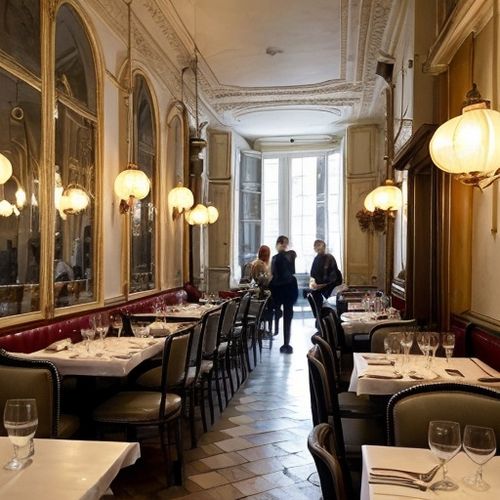
By Amanda Phillips/Apr 11, 2025
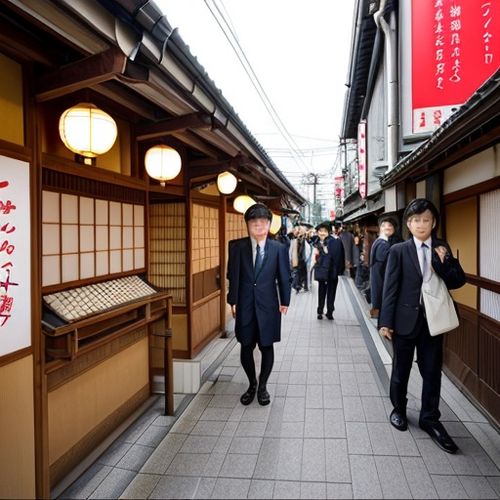
By Ryan Martin/Apr 11, 2025

By Sophia Lewis/Apr 11, 2025

By Samuel Cooper/Apr 11, 2025

By Laura Wilson/Apr 11, 2025

By Eric Ward/Apr 11, 2025

By Samuel Cooper/Apr 11, 2025

By Thomas Roberts/Apr 11, 2025
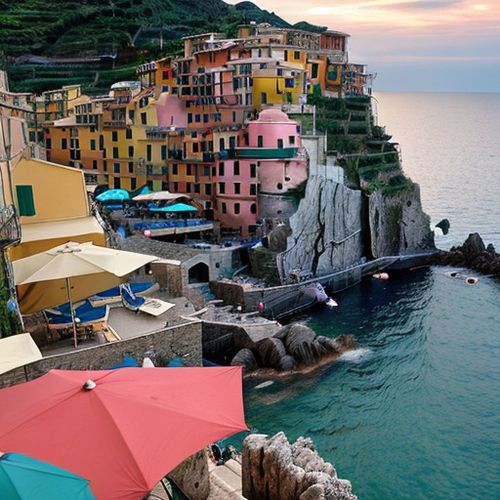
By William Miller/Apr 11, 2025
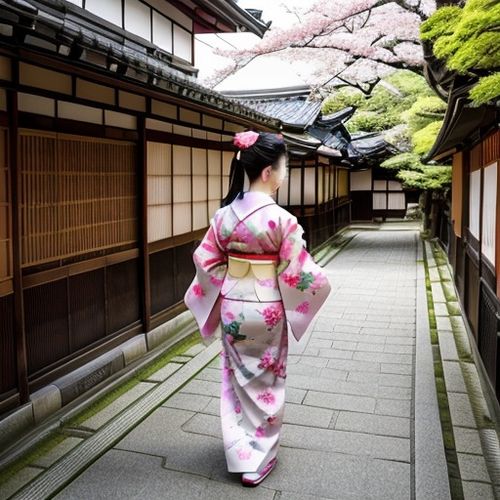
By Megan Clark/Apr 11, 2025

By Michael Brown/Apr 11, 2025

By Sarah Davis/Apr 11, 2025

By Noah Bell/Apr 11, 2025

By Sophia Lewis/Apr 11, 2025

By Daniel Scott/Apr 11, 2025

By Samuel Cooper/Apr 11, 2025
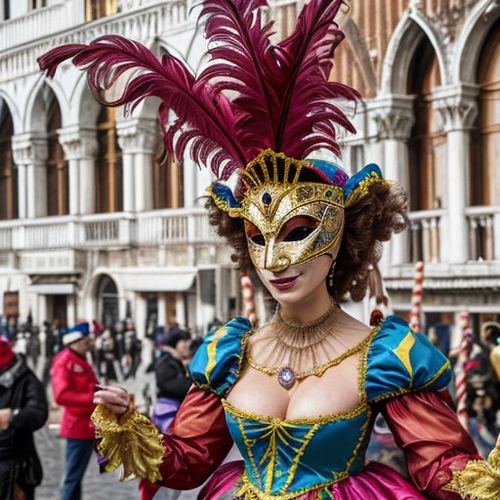
By Joshua Howard/Apr 11, 2025
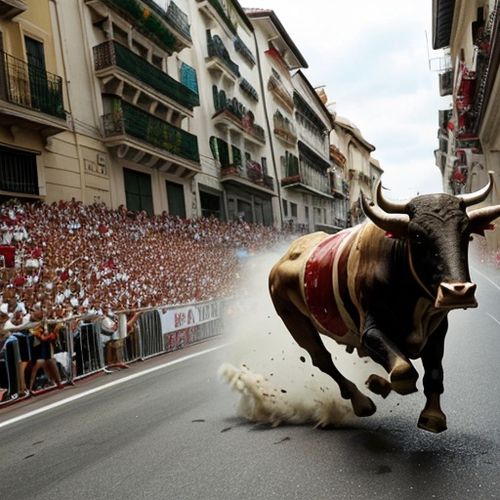
By Joshua Howard/Apr 11, 2025